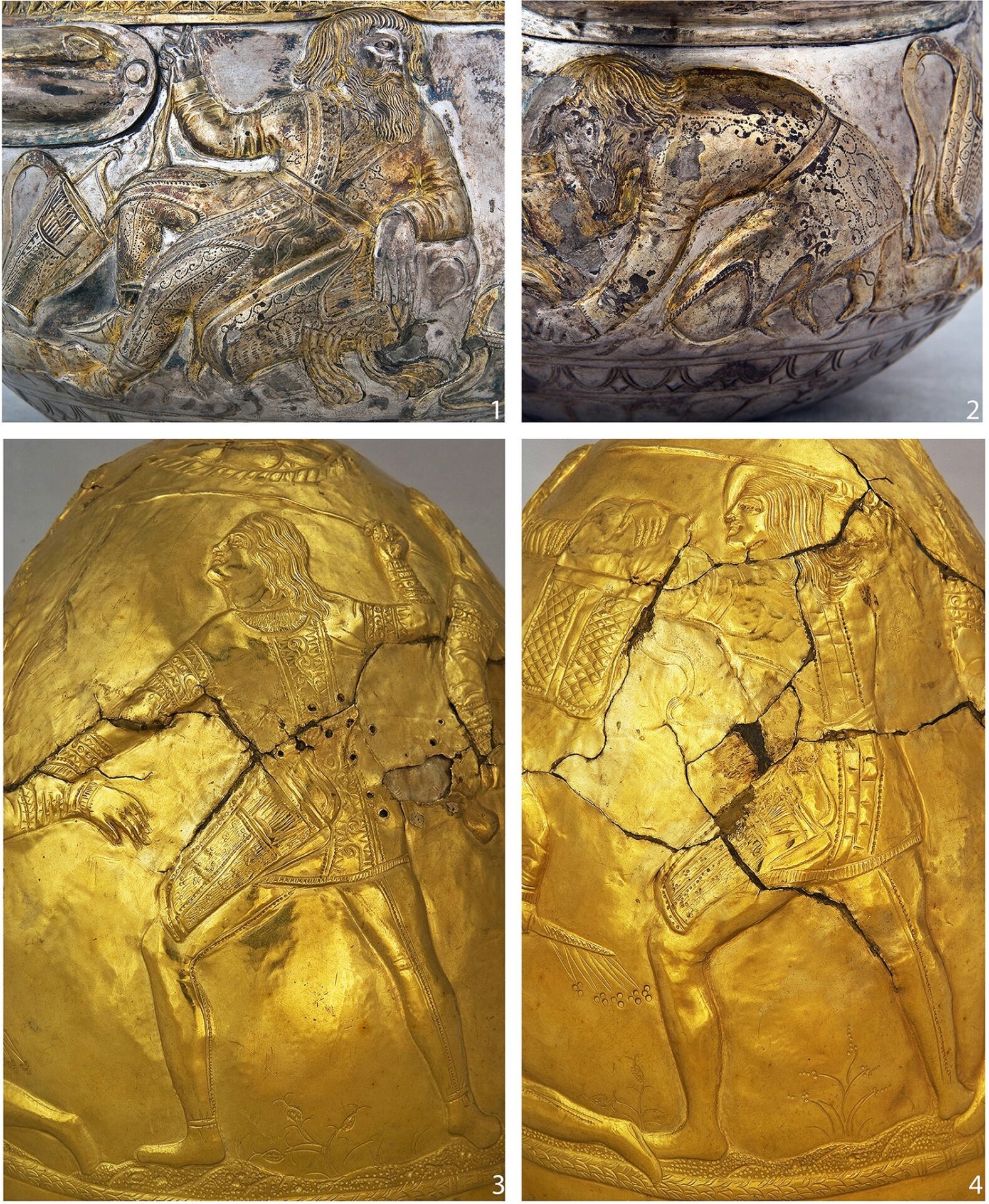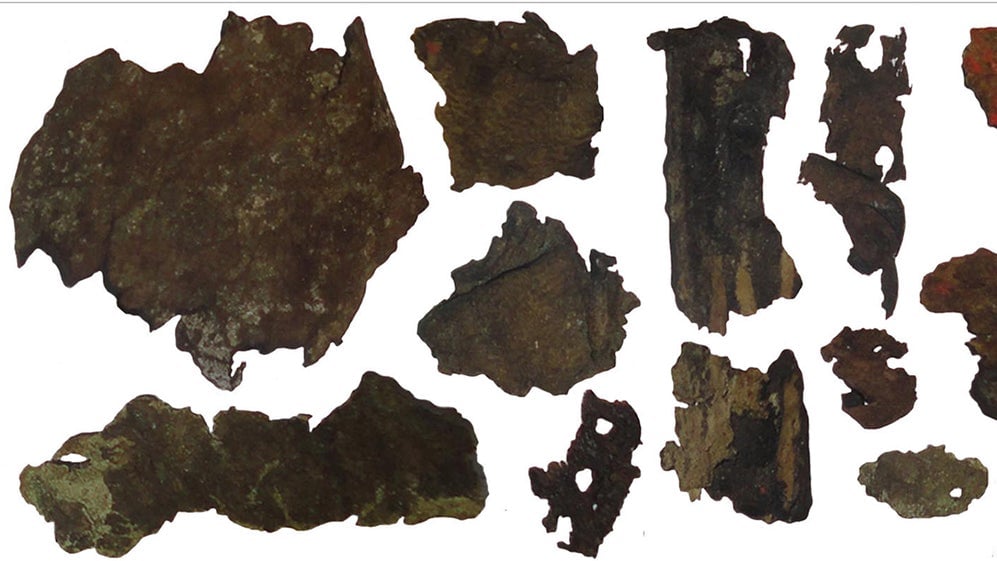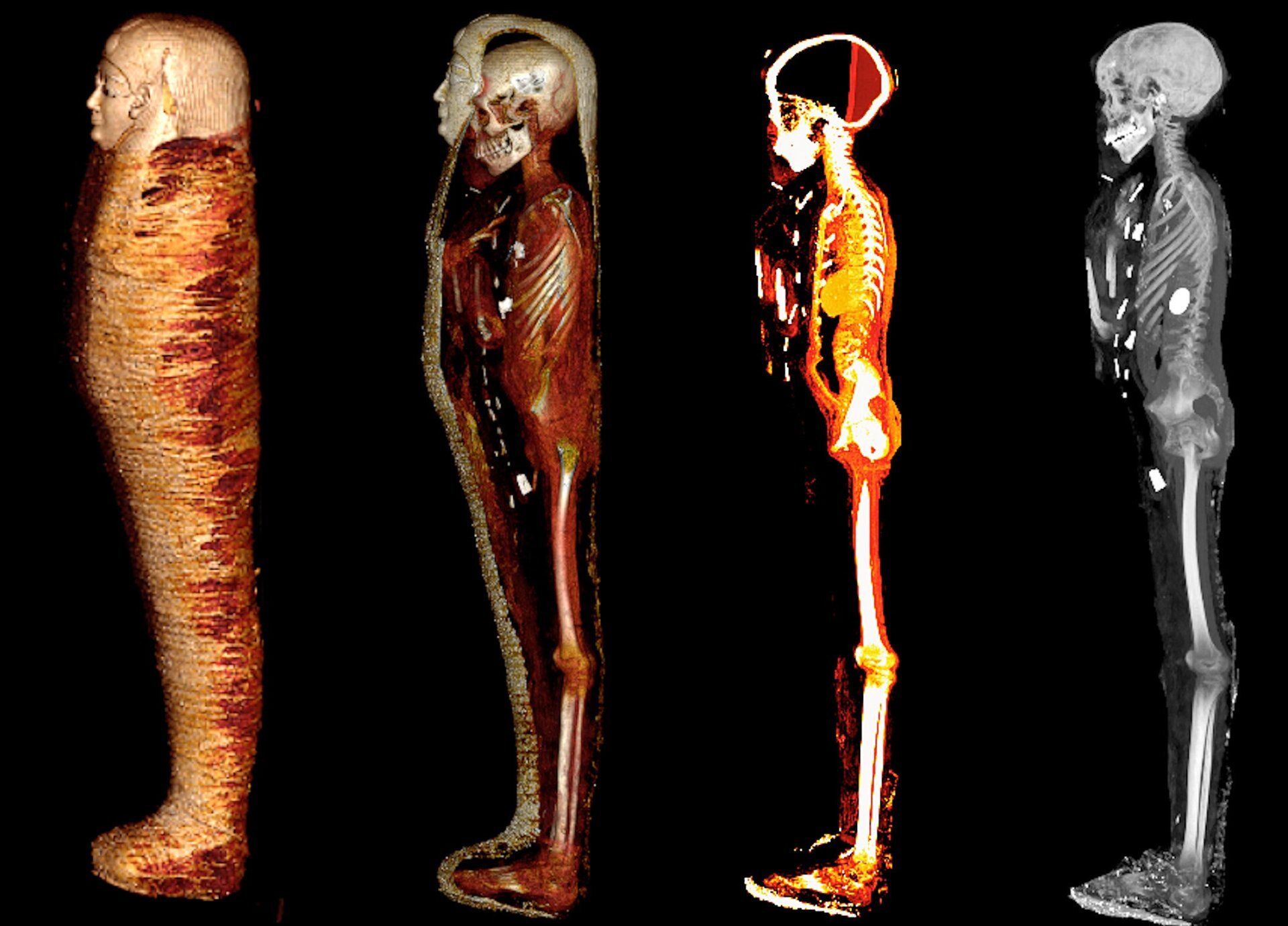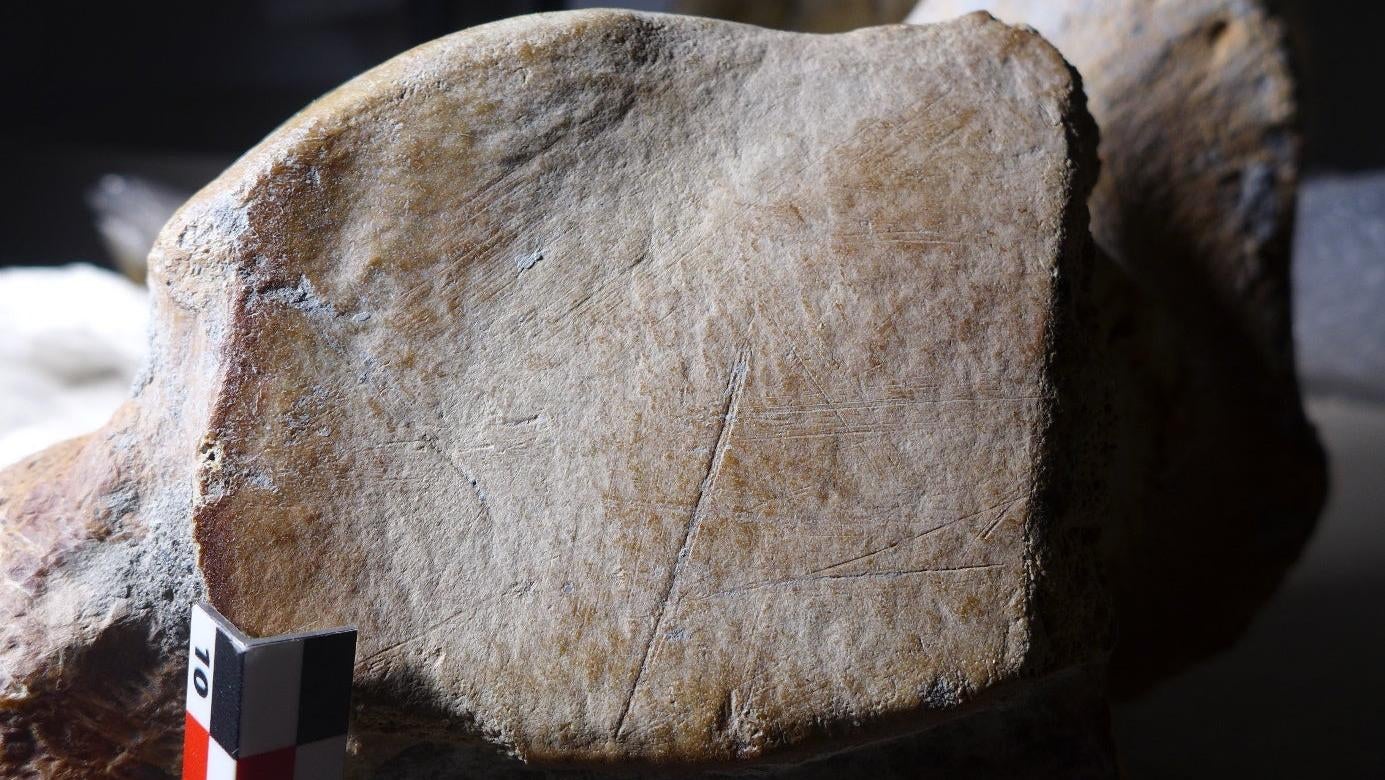The ancient Greek historian Herodotus documented the Scythians, a nomadic group from the Eurasian steppe, using human skin for leather. Now, a recent study using paleoproteomics confirms this practice, adding another layer to our understanding of this fascinating culture. Researchers analyzed leather artifacts from 14 Scythian sites in southern Ukraine, revealing a sophisticated knowledge of leatherworking and a surprising range of animal sources, including sheep, goat, cattle, horse, and, indeed, human.
Uncovering the Secrets of Scythian Leatherworking
The study, published in PLOS One, examined 45 leather samples and two fur objects recovered from 18 Scythian burials, many within kurgans, ancient burial mounds common across Eastern Europe. These mounds have also yielded some of the earliest evidence of horse domestication. The Scythians, known for their equestrian skills and role as a “mobile bridge” connecting diverse societies across Eurasia, facilitated the exchange of technologies, goods, and ideas between continents.
Herodotus’s accounts of the Scythians, written around 2,500 years ago, depicted a people skilled in horseback archery, living a nomadic life centered around wagons. He described their use of battle-axes and their deep reverence for horses. More gruesomely, he recounted tales of drinking the blood of enemies, using severed heads as trophies, and creating garments from scalps. Crucially, he also mentioned the practice of using human skin to create quiver coverings.
 A silver bowl and golden cone from Scythian burials depicting leather garments.A silver bowl and golden cone recovered from Scythian burials, illustrating leather garments. Image: Museum of Historical Treasures of Ukraine, Kyiv
A silver bowl and golden cone from Scythian burials depicting leather garments.A silver bowl and golden cone recovered from Scythian burials, illustrating leather garments. Image: Museum of Historical Treasures of Ukraine, Kyiv
Analysis of the Leather Artifacts
The research team identified the fur samples as originating from red fox and animals in the cat and squirrel families. While 26% of the leather samples remained taxonomically unidentified, the majority were determined to be goat leather (C. hircus), followed by sheep leather. Notably, two samples were identified as horse leather, and two, confirming Herodotus’s account, were made of human skin. Further examination revealed that the human leather was specifically used for the top sections of quivers, while the remaining parts were constructed from various animal hides. This individualized approach suggests that each archer crafted their own quiver using readily available materials.
Beyond Warfare: A Glimpse into Scythian Culture
Beyond their warrior reputation, Scythian culture encompassed other aspects, including a documented penchant for heavy drinking. The British Museum notes accounts from various Greek authors describing this cultural practice. Ongoing research continues to reshape our understanding of the Scythians, revealing a complexity beyond their martial prowess. A 2021 study using isotopic analysis of tooth enamel challenged the prevailing image of a universally nomadic lifestyle, suggesting that only a portion of the population adhered to this lifestyle.
Confirmation of Herodotus’s Account
While the use of human skin for quivers may have been practiced by only a small number of Scythian warriors, this research validates one of Herodotus’s more unsettling claims. Whether archaeological evidence of clothing made from scalps, as mentioned by Herodotus, will ever be discovered remains to be seen. This study highlights the power of scientific investigation to corroborate historical accounts and enrich our understanding of past civilizations.
The discovery of Roman swords in a Judean Desert cave further underscores the ongoing revelations from archaeological research. To learn more, explore this related article: Four Roman Swords Found Hidden in Judean Desert Cave.











